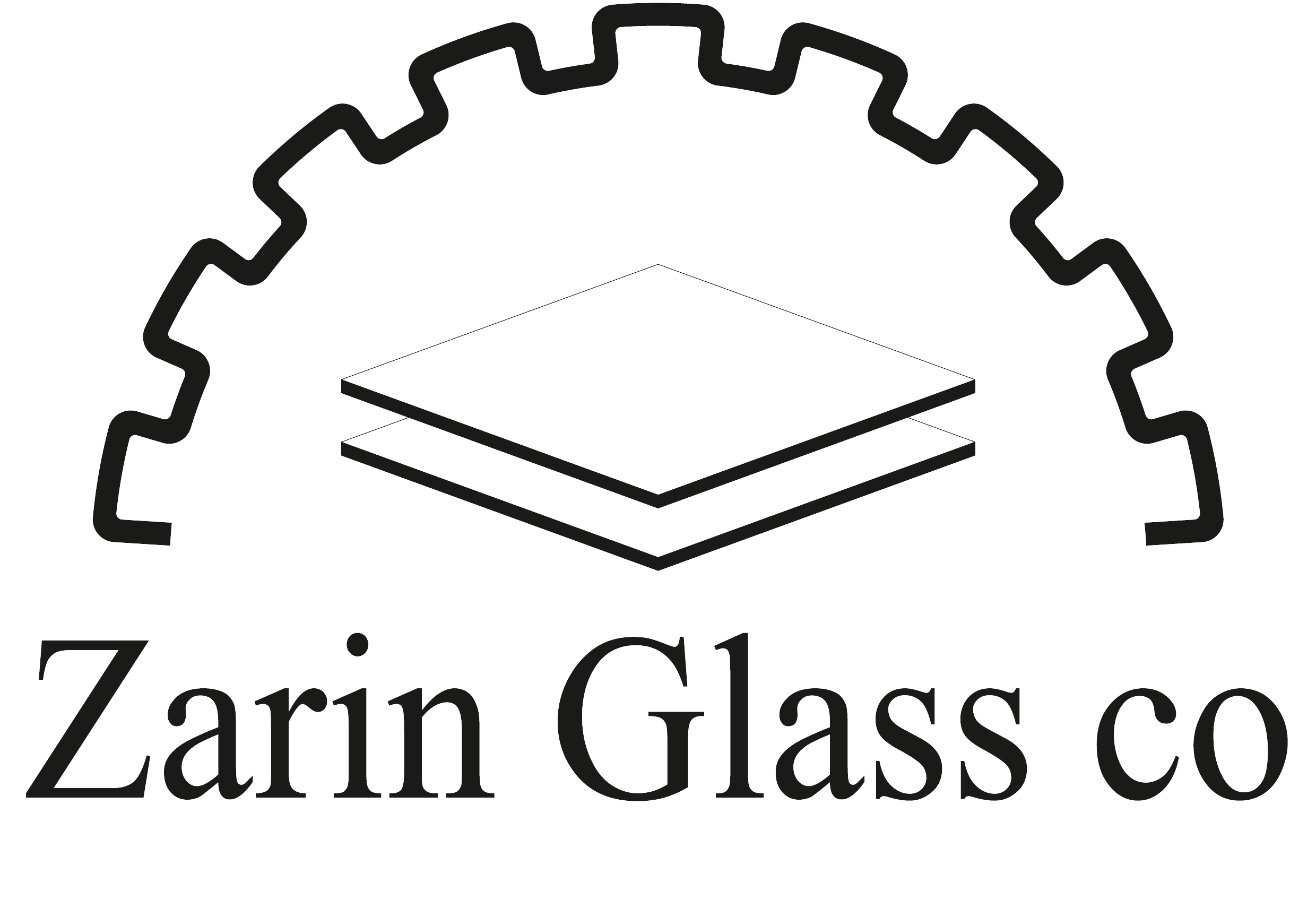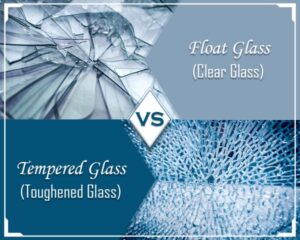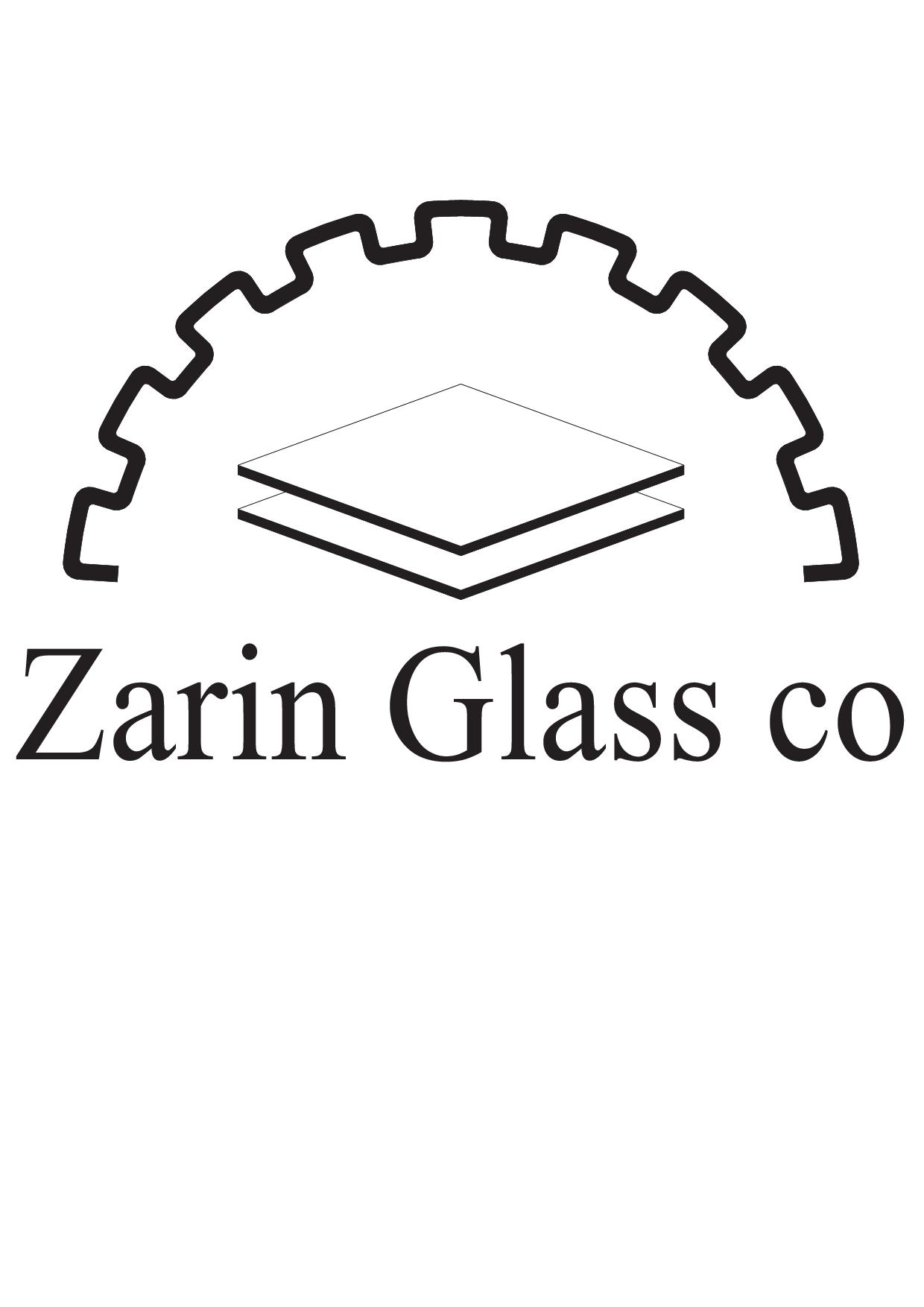
 Overview
Overview
 Applications
Applications
 Process
Process

 Overview
Overview
![]()
Overview
Tempered glass is made of ordinary and annealed glass. The most important difference between these two is in the stregth and safety of tempered glass. Simply put, tempered glass is approximately 4 times stronger against stress and impact than ordinary glass of the same thickness.
Other distinguishing factors regarding these two are; first, the susceptibility of the the annealed glass as a type of glass which has not been heat-strengthened or tempered, for being cut, drilled or edged and second, the shape of pieces a glass changes to, being broken.
So, any cutting or grinding must be done prior to tempering. Since any such operations after tempering will cause to the glass fracture.
And also while an impact or stress leading to the annealed glass breakage, will splinter it into jagged, irregular, sharp and surely dangerous shards; that shatter a temepred glass into small granular and relatively harmless chunks which are less likely to cause serious injury.

 Applications
Applications
Applications
As a result of what is said in the tempered glass introduction section, tempered glass is used when strength, thermal resistance and safety are important considerations.
Passenger vehicles or entrance doors, for example, have all three requirements. They are subject to constant heating and cooling as well as dramatic temperature changes and the debris available in the environment. In addition, the safety they provide in the case of unpredictable danger, add to the importance of their usage in these cases.
Other applications include facades, large windows, shower and tub enclosures, patio furniture, athletic facilitites, swimming pools and glass shelves.


 Process
Process
Process
Preparing annealed glass for tempering process, first needs it to be cut to the desired size, and next be examined for imperfections which can lead to its breakage at any step during tempering.
Next, the glass begins a heat treatment process in which it travels through a tempering oven, either in a batch or continuous feed. The oven heats the glass to a temperature of more than 600 degrees Celsius. The glass then undergoes a high-pressure cooling procedure called “quenching.” During this process, which lasts just seconds, high-pressure air blasts the surface of the glass from an array of nozzles in varying positions. Quenching cools the outer surfaces of the glass much more quickly than the center. As the center of the glass cools, it tries to pull back from the outer surfaces. As a result, the center remains in tension, and the outer surfaces go into compression, which gives tempered glass its strength.

The greater contraction of the inner layer during manufacturing induces compressive stresses in the surface of the glass balanced by tensile stresses in the body of the glass.
Fully tempered 6 mm thick glass must have either a minimum surface compression of 69 MPa (10000 psi) or an edge compression of not less than 67 MPa (9700 psi). For it to be considered safety glass, the surface compressive stress should exceed 100 megapascals (15000 psi). As a result of the increased surface stress, when broken the glass breaks into small rounded chunks as opposed to sharp jagged shards.

The Power of Quality
Sign up to receive our latest news:
All rights of this website belong to Zarin Glass co.
Design and Development: Nungar Processing